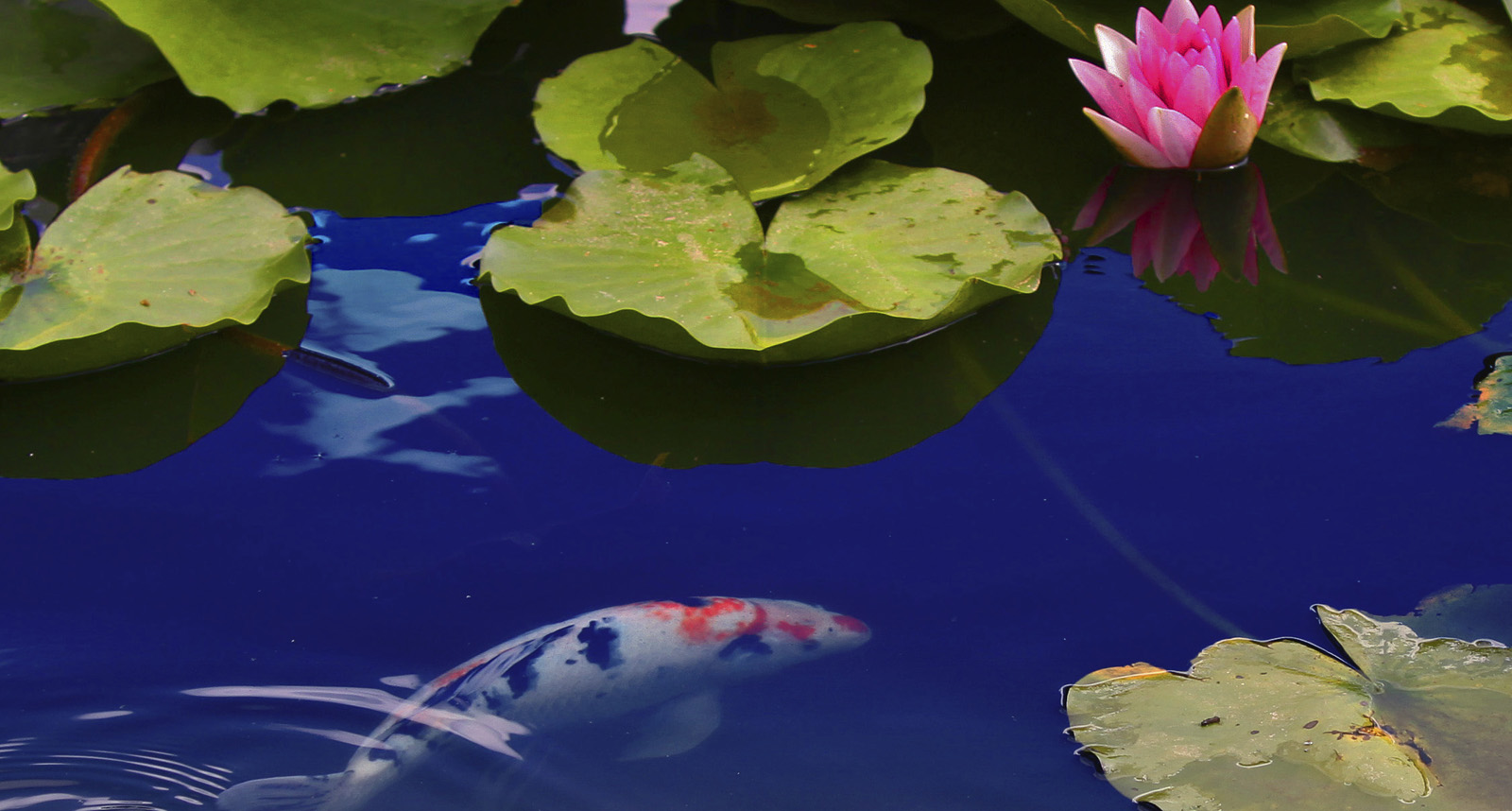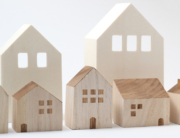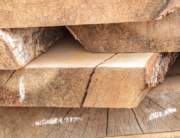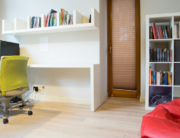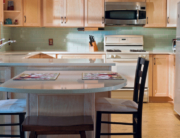By: Ed Duncan Jr.
Water Gardening is the hottest trend in the lawn and garden industry. Why, you ask, has this seemingly simple hobby become the newest way to landscape and enhance homes? What could be more soothing than to relax right in your own backyard with the music of a waterfall, the fragrance and beauty of water lilies and the sight of the colorful fish who swim over to greet you?
Start planning your new water feature by choosing the spot. The best location would be somewhere where the pond would get 4-6 hours of sun. Not only can it be enjoyed outdoors, but it creates a beautiful view from the home. Water Gardens provide year round delight. A ground fault electrical outlet nearby is essential for pumps, filters and underwater lights. Ponds can be constructed with flexible 45 mil EPDM liner or a rigid pool. The flexible liner is easiest to install and very easy to hide.
The components of a low maintenance pond ecosystem are: A pump, biological filter, plants (submerged, floating and bog), fish and bacteria. If properly installed, this type of system should require no more time on a weekly basis to maintain than if there were merely a lawn of the same size in its place.
The pump should be able to turn over the pond’s entire volume once every two hours. The pump will send the water to the biological filter which contains colonies of beneficial bacteria that consume the waste and convert it to plant food. Additional good bacteria should be added to the pond weekly for the entire season.
Submerged plants such as Anachris or Hornwort should be kept in 5” pots of gravel on the pond bottom. These plants are very important to the ecosystem and algae control. We recommend one bunch for every 1-2 square feet of pond surface area.
Water Lilies not only add beautiful flowers but provide shade for the pond which aids in algae control. We recommend 25-50% of the pond’s surface be covered with lilies, water hyacinths or water lettuce.
Comet goldfish are great pond fish and come in various colors. Or, if you prefer the more exotic, Japanese Koi are great fun. Koi reach up to 3 feet in length and love to eat your pond plants, so plant protection areas may need to be established. For Comets we recommend not exceeding 1 inch of fish per square foot of surface area, and about half that for Koi. Plus, get ready, because frogs usually make their way to every new pond.
Most ponds are 2 feet deep with shelves for the bog plants that prefer 4-6” of water. Comets can easily winter over in a 2’ deep pond with the aid of a de-icer. Koi prefer 3-4 feet of depth. Fish become dormant as the water gets colder and do not need to be fed. However, a hole must be kept in the ice to allow the pond to breath. This can be achieved with a de-icer.
As you can see, basic pond maintenance can be very simple with proper planning. Now that your pond is completed, you can sit back and enjoy the tranquility and beauty it brings to your home and lives. The perfect getaway is now right in your own backyard.

